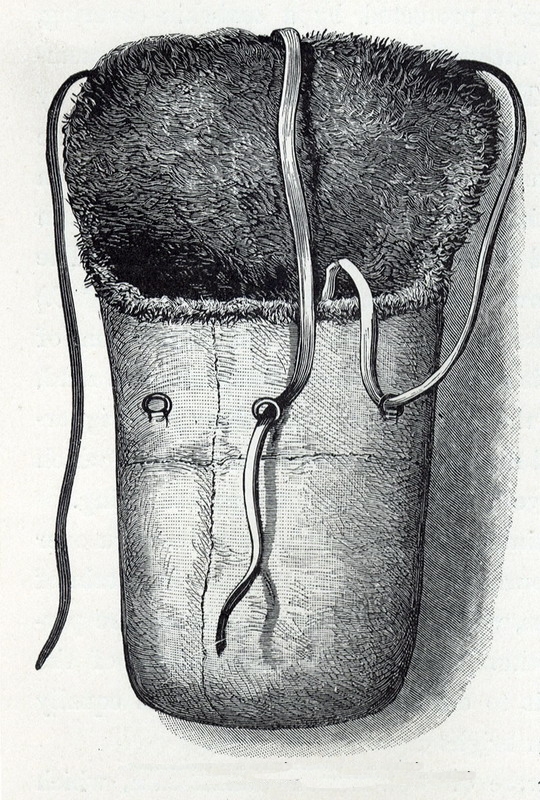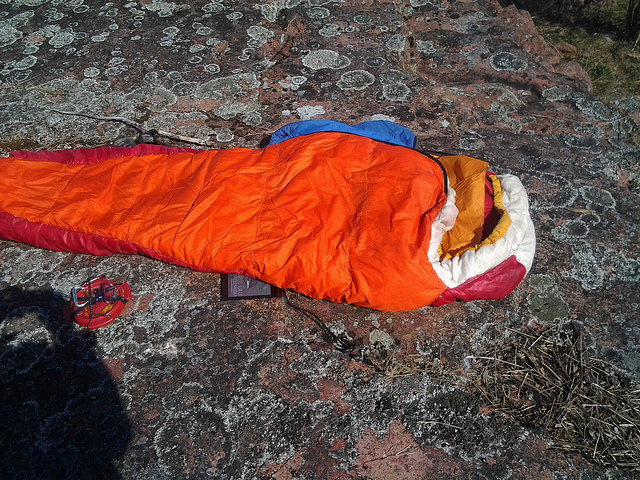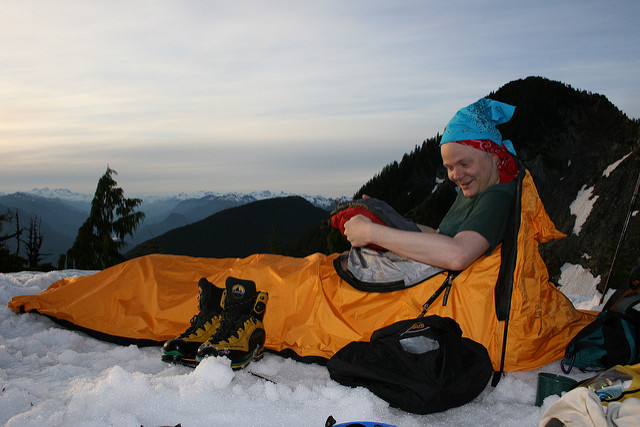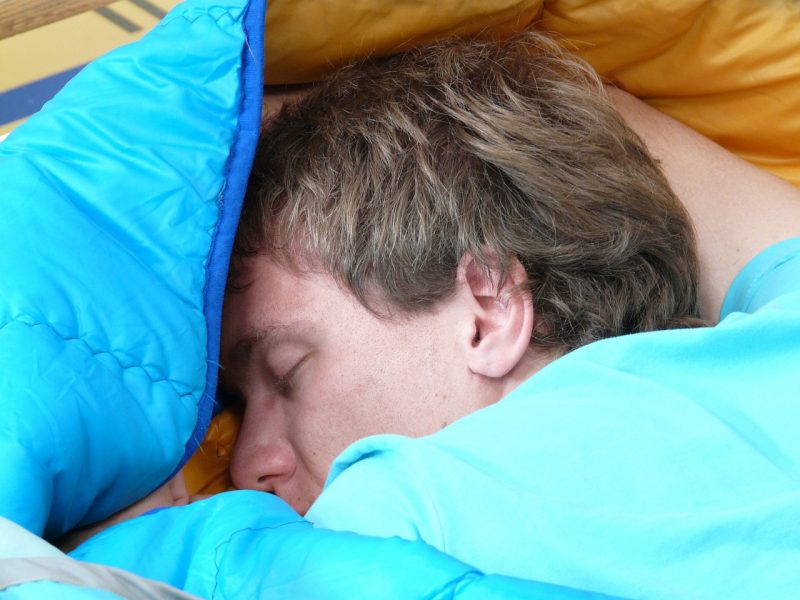How to pick a sleeping bag for the perfect night’s sleep
Getting a good night’s sleep when camping outdoors can be a challenge. If you’ve been hiking all day, you’ll want the best sleeping bag to help you achieve that perfect sleep. Here are a few sleeping bag features to avoid grumpy mornings while camping.
Size or Length
The very first thing you should do is measure yourself. Try to be honest about it too. You might want to just creep into the taller height bracket, but it’s really not worth it. All you’ll get is a cold night’s sleep in return.

The whole principal behind the perfect sleeping bag is getting one that fits you snugly. It’s a bit like buying shoes: a size too big and it’ll flop around, but too small and you’ll never get into it. The biggest problem with a roomy sleeping bag is that it’ll make you cold. When I started camping as a teenager, I was given a sleeping bag that I could “grow into,” but that meant many chilly nights
If you buy a sleeping bag that’s too long for you, then your toes never reach the bottom. This leaves an empty space at the bottom of the bag that never warms up because your body doesn’t fill it. No body heat means cold air, which means cold feet.
Female, male or unisex
Outdoors companies have started to differentiate between male and female sleeping bags. For men, this is exactly the same as a unisex bag. It’s straight cut, slightly tapered to the feet and wide enough to fit a broad pair of shoulders.

Ladies: suspend your disbelief. If you’re anything like me, the strong independent female inside you will be outraged. How do you make a sleeping bag for girls only? Make it out of pink fabric and cover it in prints of flowers? Yuck. Fortunately, there’s far more science to it than that.
Apparently, women sleep at a lower body temperature than men. It’s not a lot, but this means it’s a bit harder for us to warm up the sleeping bag. A women specific sleeping bag has more insulation compared to a man’s one. For instance, it might have the same amount of down filling as the equivalent men’s sleeping bag, but will be shorter in length. Some manufacturers even add extra insulation that targets where women feel the cold more.
A women’s sleeping bag will also be more tapered to fit a female body shape. Typically this will mean wider hips, rather than broad shoulders, removing even more of that excess air in the gaps. But there’s no reason to feel like this is prescriptive. A unisex bag can serve you just as well – maybe even better if you don’t have a curvy figure.
Comfort Rating
The comfort rating is part of a temperature scale, printed on the side of any sleeping bag (or on the sack it comes with). There should be three ratings: the comfort rating, the limit rating and the extreme rating. All of these ratings refer to the temperature outside the sleeping bag whilst you are in it.

The comfort rating is the temperature down to which a “standard” adult can have a comfortable night’s sleep in the sleeping bag. Between the comfort and the limit rating temperatures, a standard adult should be able to have a good night’s sleep whilst curled up in a ball. The extreme rating is where it gets serious. At this temperature, the sleeping bag won’t really keep you warm enough and there is a serious risk of hypothermia.
Individual bags will have individual ratings, but these are sometimes generalized using the term “seasons”. A light sleeping bag will only be good enough for one or two seasons (the warm ones), a reasonable sleeping bag will cover you for three and a serious camping-in-polar-winter bag will be rated four season or even five season for extreme winter mountain like environments. It’s just a guideline, but it’s best to check the individual temperatures to make sure of a perfect night’s sleep.
Down or Synthetic
There are two main sorts of insulation fillings for a sleeping bag: Down and Synthetic. Down is the insulation that birds have under their feathers. It is lighter than an equivalent synthetic filled sleeping bag and has a reputation for being warmer. Down filled sleeping bags tend to compress into smaller bags than their synthetic counterparts.

Synthetic fillings are a man-made form of insulation. They tend to be cheaper and more resistant to moisture. If you get a down sleeping bag wet, then all of its insulating properties fail. Not good. With the advent of hydrophobic down this is changing, but the price tag is still pretty steep. Synthetic sleeping bags are still much easier to care for.
A lot of people start off camping with a synthetic sleeping bag and graduate to a down bag when they’re more experienced. That said, if you’re going camping somewhere at high altitude or extreme cold, it’s probably better to jump straight to down. You’ll certainly get your money’s worth.
On the flip side of this, if you’ve got a sleeping bag that is good for very cold situations, you’ll be absolutely baking in the summer. Either you’ll need two sleeping bags, or you have to compromise in the middle. This is why a lot of people have three season sleeping bags.
Sleep Style

Sleeping bags are designed for people who sleep on their backs. If, like many people, you sleep on your side or front, you might find yourself waking up with a hood in your face. Some sleeping bags have more insulation on the bottom than the top too, so don’t forget to flip the sleeping bag over if you sleep on your front.
Turning over in your sleep can be pretty annoying inside a sleeping bag – the dread of side-sleepers. Do you take the bag with you as you roll or turn inside it? Although they aren’t widely available, you can find elasticated sleeping bags that stick with you as you turn. But if that’s what you need to get a good night’s sleep, then you’ll be glad you bought it in the morning.
It’s fair to say that for the best nights rest you need to use some sort of insulation from the ground as well, a sleeping mat can make a huge difference to your comfort and how warm you are while you sleep, but that’s for another article.
If you have any comments then please drop us a message on our Outdoor Revival Facebook page
If you have a good story to tell or blog let us know about it on our FB page, we’re also happy for article or review submissions, we’d love to hear from you.
We live in a beautiful world, get out there and enjoy it. Outdoor Revival – Reconnecting us all with the Outdoor





